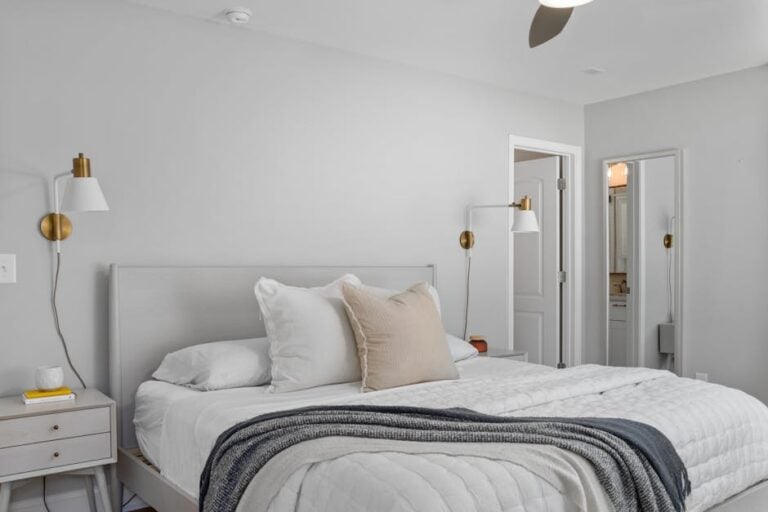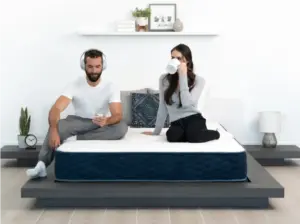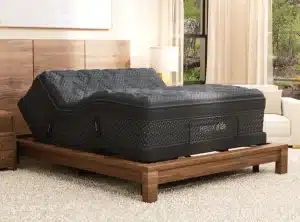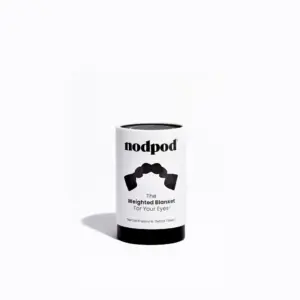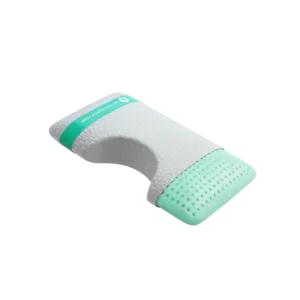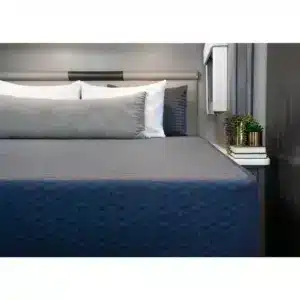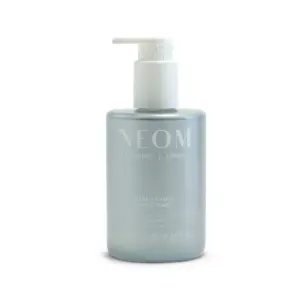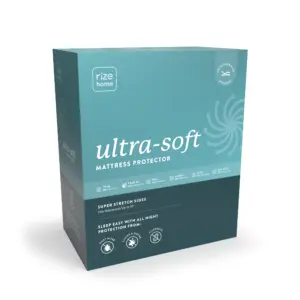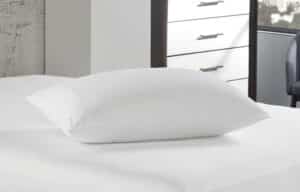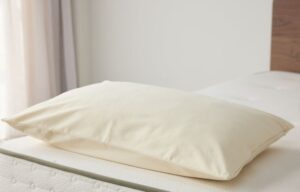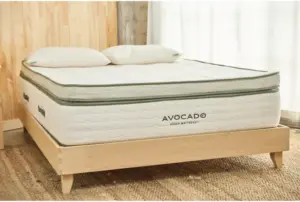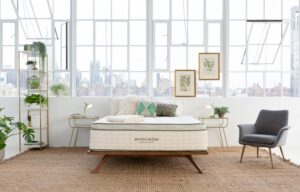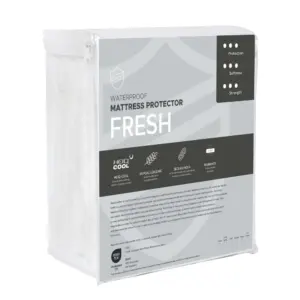Everything You Need to Know About Trundle Beds
The Space-Saving Convenience of Trundle Beds
A trundle bed is more than just a piece of furniture; it’s a brilliant solution for anyone seeking additional sleeping space without sacrificing valuable room. These low-profile beds slide effortlessly beneath a standard bed frame, making them perfect for those who want to maximize the utility of their living areas.
Trundle beds offer an array of benefits, from guest accommodations to smart space-saving solutions, all while maintaining elegance and functionality. If you’re navigating limited space, a trundle bed can transform your home, providing comfort and versatility without overwhelming your surroundings.
What is a Trundle Bed?
At its core, a trundle bed consists of a compact frame designed to accommodate a mattress that lies low to the ground, typically stored underneath another bed. Built with wheels, the trundle easily rolls out for use and slides back to remain out of sight when not needed. This ingenious design is ideal for small rooms where maximizing space is of the utmost importance.
Types of Trundle Beds
Trundle beds come in various styles tailored to different needs, allowing you to choose the best fit for your environment:
Trundle Bunk Bed
This type combines a bunk bed with a trundle beneath the lower bunk. It’s perfect for kids’ rooms, optimizing sleeping arrangements and promoting shared spaces.
Trundle Daybed
A versatile daybed features a trundle underneath, serving as both a sofa during the day and a bed at night.
Trundle Drawer
Incorporating storage solutions, this variation includes built-in drawers for stowing away linens, toys, or other essentials.
Pop-up Trundle
A pop-up trundle can elevate to the same height as the main bed, offering a larger sleeping area when needed.
Sleigh Beds and Captain Beds
Sleigh beds boast distinctive curved headboards with an accompanying under-bed trundle, while captain beds merge storage drawers with a trundle for maximum utility.
Panel Beds
Classic and simple, panel beds often hide a trundle beneath, seamlessly blending with traditional decor.
Benefits of Trundle Beds
Trundle beds bring numerous advantages, making them an excellent choice for various scenarios:
– Space-Saving: Perfect for compact rooms and apartments, trundle beds provide an extra sleeping area without consuming floor space.
– Comfort for Guests: Providing a more inviting option for guests compared to air mattresses or sofas.
– Versatility: Suitable for children’s rooms, living areas, and guest accommodations, adapting effortlessly to different settings.
– Cost-Effective: Typically less expensive than purchasing two separate beds, providing a budget-friendly solution for families.
Downsides of Trundle Beds
While the benefits are plentiful, trundle beds do come with certain drawbacks:
– Weight Limit: Most models support weights up to 250 pounds, making them less ideal for heavier adults.
– Thin Mattress: The mattress is usually designed to be thinner, which may not offer adequate long-term comfort.
– Not for Everyday Use: They are typically better suited for occasional use, particularly for adults.
– Accessibility: The low height can present challenges for older adults getting in and out of bed.
– Potential Damage: Sliding the trundle in and out may wear carpets over time.
Understanding these factors helps you determine whether a trundle bed aligns with your home’s needs.
How to Choose a Trundle Bed
Selecting the perfect trundle bed involves considering several crucial factors:
Trundle Bed Sizes
Trundle beds come in various sizes, including:
– Twin: Ideal for compact spaces or children’s rooms.
– Full & Queen: These provide extra sleeping room and can accommodate teenagers or adults.
– Custom Sizes: Some manufacturers offer adaptations for unique spaces, enabling you to make the most of your layout.
Make sure to measure your room and the space beneath your existing bed for a seamless fit.
Materials Matter
The material influences not only durability and weight but the overall aesthetic as well:
– Wood: Sturdy and timeless, suited for traditional or rustic settings.
– Metal: Lightweight and often budget-friendly, fitting modern or minimalist designs.
– Upholstered Options: Offering elegance and comfort, these may require more upkeep.
– Hybrid Designs: Combining elements of wood and metal can provide the best of both worlds.
Selecting the Right Mattress
Choosing a mattress type drastically impacts comfort:
– Memory Foam: Known for body contouring and support.
– Latex: Durable and allergy-friendly, ideal for sensitive sleepers.
– Innerspring: Traditional but may lack comfort compared to modern options.
– Hybrid: Merging foam and innerspring for a balanced sleep experience.
It’s essential that the mattress fits comfortably in the trundle while offering sufficient support.
Style and Design
Your trundle bed should harmonize with your room’s décor. Consider:
– Style: Whether modern, rustic, or classic, choose a design that fits your aesthetic.
– Color and Finish: Complement your existing palette to maintain cohesion.
Storage Solutions
Many trundle beds incorporate additional storage, such as drawers or shelves, providing utility and helping to reduce clutter.
Trundle Bed vs. Daybed
Understanding what a trundle bed is—and how it compares to a daybed—can clarify which option suits your needs best.
Trundle Bed
Designed to accommodate two separate mattresses, the trundle rolls out when needed, making it perfect for guest accommodations.
Daybed
A hybrid of sofa and bed, daybeds cater primarily to individual use, offering limited sleeping space while being an attractive seating option.
Key Differences
– Sleeping Capacity: Trundle beds accommodate two while daybeds are typically for one.
– Dual Functionality: Daybeds function as a seating area while trundle beds focus on maximizing sleeping arrangements.
Alternatives to Trundle Beds
If a trundle bed doesn’t meet your criteria, various alternatives exist:
– Air Mattress: Economical and portable; ideal for temporary use.
– Sleeper Sofa: Offers dual functionality but may require more investment.
– Futon: Flexible but can come with comfort limitations.
– Murphy Bed: Space-efficient but often necessitates installation.
– Cot: Lightweight and foldable, though generally less comfortable.
Frequently Asked Questions About Trundle Beds
Can Adults Sleep on a Trundle Bed?
Yes, adults can use trundle beds, but check weight limits and consider comfort. A pop-up model may be more suitable for those needing a raised sleeping surface.
What Kind of Mattress Do You Need for a Trundle Bed?
Opt for a thin mattress, typically 6-8 inches, focusing on materials that offer support and durability, such as memory foam or latex.
Why is it Called a Trundle Bed?
The term trundle derives from a 16th-century word meaning small wheels, fitting given the design’s low profile and rolling feature.
Conclusion
A trundle bed can significantly enhance your living space by providing versatile sleeping arrangements without overwhelming your décor. Understanding its benefits and options will guide you toward making a decision that suits your needs.
At Yawnder, we offer expert insights into the best trundle beds available on the market. From budget-friendly to high-end choices, our comprehensive reviews ensure you can find the perfect match for your home.
Whether you need it for a child’s room, a guest space, or a small apartment, a well-chosen trundle bed can revolutionize your setup. Explore our range of top-rated selections today, and give your home the functional elegance it deserves.

